It runs in the distant family
Industrial chemicals can harm the distant descendants of exposed animals. That might be a problem for people too, Jonathan Wosen reports. Illustrations by Katie Parker and Ying Wang.
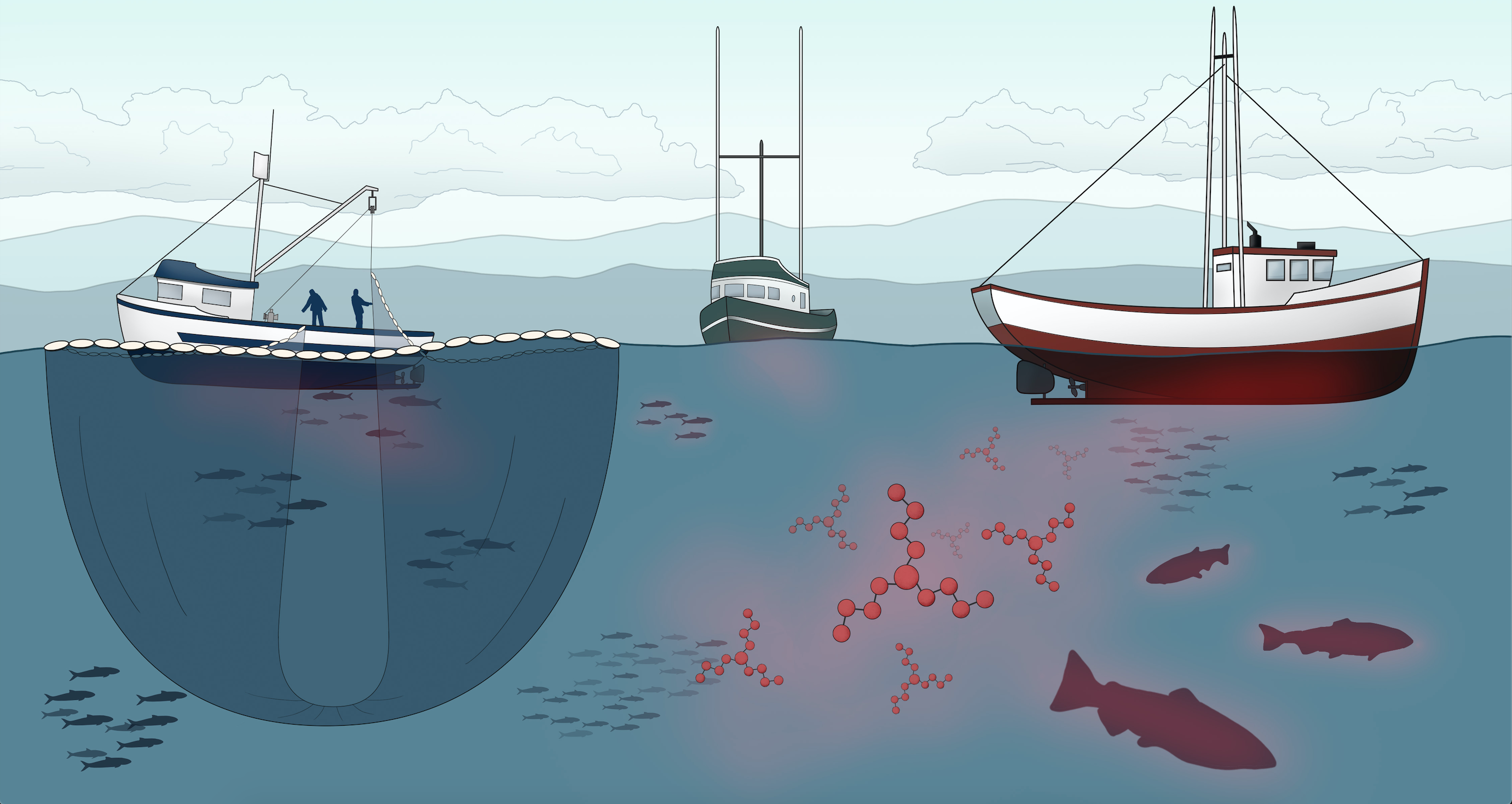
Illustration: Katie Parker
Raquel Chamorro-Garcia had spent over a year in the lab playing matchmaker at times and grim reaper at others. After breeding hundreds of mice, she now stared expectantly at the scale in front of her. It was the summer of 2011, and it was time to see whether there was any truth to her hypothesis — or whether she’d toiled in vain.
Armed with scalpel and forceps, Chamorro-Garcia pried yellow-white globs of fat from the bodies of the mice. As she weighed each glob, Chamorro-Garcia noticed that, time and again, mice were fattier if their great- and great-great grandmothers had drunk water infused with tributyltin, a chemical that once coated countless ships. Their livers were mottled and lighter than the usual rich crimson, a telltale sign of fatty liver disease. It meant that she was onto something after all — and she’d spend the next eight years at the University of California, Irvine chasing the ghosts of chemicals past.
Chamorro-Garcia, now an environmental toxicologist at the University of California, Santa Cruz, is at the cutting edge of transgenerational epigenetics: the study of traits that pass from one generation to the next without being inscribed into our genetic code. She and her colleagues are rewriting the rules of inheritance by revealing how a wide range of chemicals leave long-lasting marks on our biology.
Tributyltin might only be the tip of the iceberg — Chamorro-Garcia’s colleagues have made similar observations with DDT, pesticides, jet fuel and a growing list of other chemicals. Much of the evidence is preliminary and comes from studies in mice or rats. But if the findings hold up, they may one day lead to new medical tests and change how chemicals get tested for safety — provided that policymakers take heed.
“Whatever decision we make now is going to have an impact on future generations,” Chamorro-Garcia said. “We tend to forget that our parents and our grandparents and our great-grandparents have also been exposed to their own environment. And that exposure is having an impact in ourselves.”
A multigenerational history
Transgenerational epigenetics began over 15 years ago with a puzzling observation in the lab of Michael Skinner, a biologist at Washington State University in Pullman. One of Skinner’s researchers, Andrea Cupp, walked into his office to update Skinner on her work testing the effects of methoxyclor, a common insecticide, on sexual development in rats. She’d found that many male rats whose pregnant mothers had been injected in the abdomen with the chemical were infertile.
Cupp mated male and female exposed rats to see if their offspring would be healthy. Skinner was shocked when the offspring, which had never been exposed to the chemical, had the same fertility issues as their fathers.
“I didn’t really believe what was going on,” Skinner said.
“Whatever decision we make now is going to have an impact on future generations,” Chamorro-Garcia said.
Other researchers in Skinner’s lab repeated the experiment and got the same result. Longer-term studies showed that even rats whose great-great-grandmothers had been exposed to methoxyclor or the pesticide vinclozolin were infertile. This was despite the fact that these rats had no discernable changes in their DNA — the spiral-staircase-shaped molecules we inherit from our parents, which influence everything from our height to our risk of diseases such as Alzheimer’s.
Skinner’s explosive findings, first published in the journal Science in 2005, challenged the long-held notion that DNA was the sole means of passing down information from one generation to the next. The exact sequence of DNA spells out the instructions for making the building blocks of cells, tissues and organs in the same sense that the words in a cookbook tell you how to make your favorite recipes. But Skinner’s team was finding “epigenetic” changes, chemical modifications that changed what genes got turned on and off rather than altering the DNA sequence itself. These modifications are the equivalent of notes scribbled in the margins of a recipe that change total serving size but not which ingredients get used.
“This truly is genetic heresy,” Skinner said.
The new findings flew in the face of the basic laws of genetics, defined nearly 200 years ago by Austrian monk Gregor Mendel’s experiments on pea plants. But the 19th century was also the age of French naturalist Jean-Baptiste Lamarck, who proposed that living creatures could pass down changes they acquired during their lifetime. The most famous example of Lamarck’s theory was his musing that giraffes evolved long necks from straining to reach high-up branches, causing each generation of offspring to have slightly longer necks. That idea had long since been dismissed as laughable because of the discovery of DNA’s role in inheritance and the recognition that, for a change to be passed down, it must appear in the cells that spawn the next generation: sperm and egg. But Skinner’s findings suggested that maybe certain environmentally induced changes could be passed down after all.
Lamarck’s giraffes, it seemed, were rearing their heads once more.
Of mice and, perhaps, men
Chamorro-Garcia had Skinner’s work in mind when she joined the lab of Bruce Blumberg, a developmental and cell biologist at the University of California, Irvine. Blumberg had spent years studying tributyltin, a popular chemical that the shipping and fishing industry uses to keep barnacles, algae and other bottom gunk off ship hulls and fish nets. Tributyltin works by slowly leaching into the surrounding water, killing surrounding sea life. The chemical also distorts the sexual development of mollusks, causing females to develop male sex organs and become sterile. In 2008, these harmful effects led nearly 80 member states in the International Maritime Organization, including the United States, to ban tributyltin on non-aluminum boats smaller than 25 meters long.
“You don’t want to touch that,” said Homer Lighthall, a contractor who works in the Santa Cruz Harbor Boatyard says of tributyltin and other hull-coating chemicals. “First of all, it doesn’t come off easy. Secondly, it’s nasty stuff. That’s common sense: You use respirators, gloves, and stay in a ventilated area.”
Blumberg’s lab had shown that tributyltin predisposed mice to obesity by stimulating them to produce more fat cells and fewer bone cells. But no one knew whether mice whose ancestors had been exposed to the chemical would suffer from its effects. Chamorro-Garcia decided to test this by tracking the offspring of pregnant mice who had drunk tributyltin-laden water. She found that descendants of these mice had fatty livers and higher overall fat levels even four generations later.
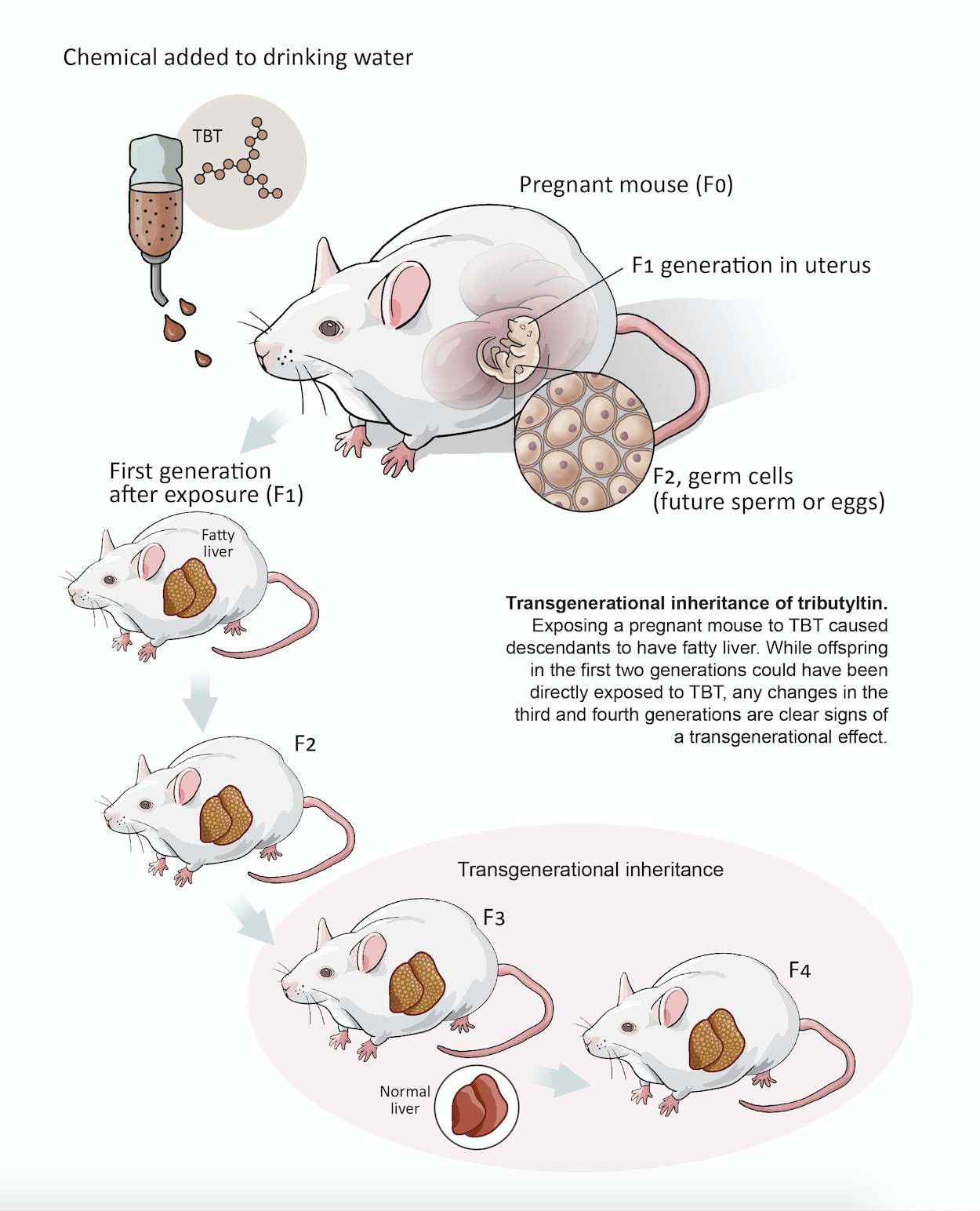
Even mice who were never exposed to tributyltin can be affected by the chemical their great-great-grandmother consumed. (Credit: Ying Wang)
“It was both a risky and ambitious experiment, but it obviously paid off in a big way,” Blumberg said.
Chamorro-Garcia’s next move was to find out how tributyltin’s effects were passed down. Any epigenetic changes would have to survive the resetting that usually occurs when sperm and egg combine — a bit like biology’s version of shaking an Etch a Sketch to start fresh.
When the researchers looked closely at the DNA of the affected mice, they found that genomic regions that regulate metabolism were packaged very differently in descendants of tributyltin-treated mice than in descendants of untreated mice. DNA is densely packed by any measure; each cell crams 2 meters of DNA into a space smaller than the period at the end of this sentence. But genes in especially knotty regions seldom tend to lie dormant. Changes in the activity of genes controlling how the body processes food might explain why descendants of tributyltin-treated mice were quicker to put on fat and slower to lose it.
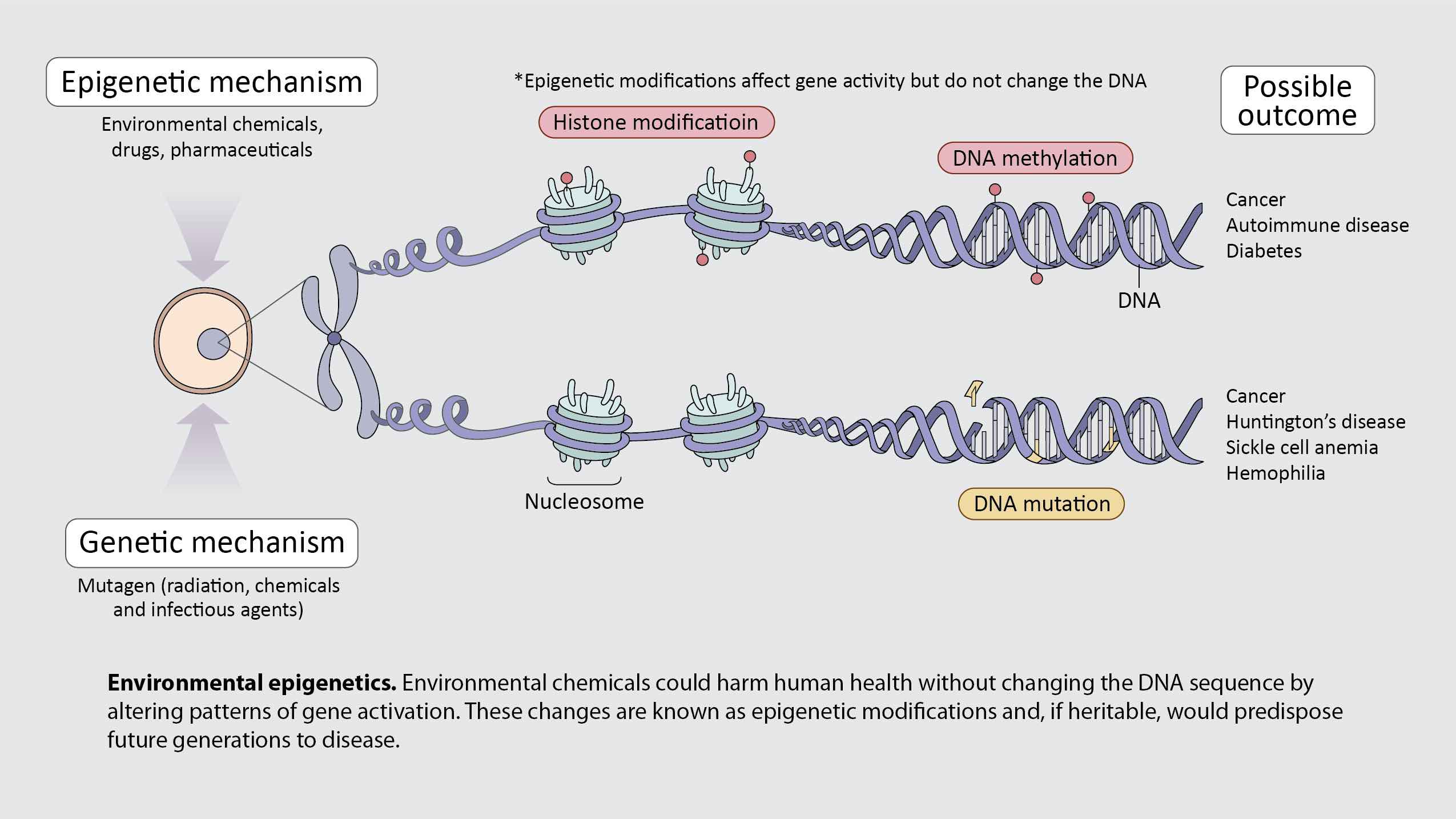
Tributyltin can change how DNA is packed, which changes what genes turn on and off. (Credit: Ying Wang)
Of course, mice are not people, and researchers have yet to show that tributyltin has long-lasting effects on humans who ingest the chemical through drinking water or eating fish and seafood. Blumberg suspects that the chemical does have similar effects on humans, and he points out that the dose used in Chamorro-Garcia’s experiments is close to concentrations that scientists have measured in people.
A study published by an independent research team in 2014 suggests that Blumberg’s hunch might be correct. Panu Rantakokko, an analytical chemist at the Finish Institute for Health and Welfare, measured tributyltin levels in residents of Kuopio, his hometown. Kuopio was an ideal place to study tributyltin — the town is surrounded by lakes where the chemical could leach off boats into the water residents use for drinking and fishing. When Rantakokko tested placental tissue from pregnant mothers in Kuopio, he detected the chemical in most samples. Baby boys exposed to higher levels of tributyltin put on more weight during their first three months than unexposed boys.
“It was hard to believe at first,” said Rantakokko, who had canoed many times over the waters he was now studying.
Rantakokko’s colleagues plan to see whether the infants, born between 1997-1999, are more likely to be obese as young adults. But regardless of the result, the finding will technically not be evidence of a transgenerational effect. That’s because a pregnant mother exposed to tributyltin is directly exposing three generations to the chemical: herself, her fetus and that fetus’s developing sperm or eggs. Her great-grandchildren would be the earliest generation in which direct exposure could be ruled out as the cause of any health defects. This highlights an inherent challenge of transgenerational research: these studies take time.
“You need to look at basically 75 to 80 years at least — maybe even 100,” Blumberg said. “But how are you going to fund a grant for 100 years five years at a time?”
One such long-term study is the Child Health and Development Studies Cohort, which began in 1959 with the recruitment of 15,000 San Francisco Bay Area families. Researchers have monitored the original study participants ever since, and have found that women exposed to DDT in the womb were more likely to develop breast cancer. They’ve also reported that women were more likely to be infertile if their mothers had been exposed to high levels of polychlorinated biphenyls, chemicals found in old lightbulbs, televisions and refrigerators. Now that researchers are beginning to study the grandchildren of the original participants, it’s only a matter of time before they can study transgenerational effects, says Alexis Temkin, a toxicologist at the nonprofit Environmental Working Group who is not involved in the study but has monitored its progress.
How much evidence is enough?
Work by Chamorro-Garcia and others raises the question of whether chemicals should already be tested for transgenerational epigenetic effects. Researchers are finding more and more chemicals that have multigenerational effects on animals, but how much evidence is enough to prompt policy changes that protect public health? That question has caused tension among regulatory agencies, academics and industry.
The National Institutes of Environmental Health Sciences funds work by Blumberg, Skinner, Chamorro-Garcia and others. Thaddeus Schug, NIEHS program administrator, estimates that NIEHS has awarded over 20 grants for this work. That includes a roughly $350,000 grant to Skinner’s lab in 2018 and nearly $600,000 awarded to Blumberg’s lab in 2019. But Schug believes it’s too early to say that chemicals such as methoxyclor, vinclozolin or tributyltin impact human health.
“I think we’re still in the early stages of really understanding what’s going on,” Schug said. “Paradigm-shifting science, like this might be, takes decades to come to fruition.”
Bruce Blumberg thinks that’s too long to wait. He is frustrated by the chemical industry and the Environmental Protection Agency, which he feels have largely ignored his team’s tributyltin findings.
“From a public health standpoint, we already have more than enough evidence that [these] chemicals are harmful. Are they ever going to be banned? No,” Blumberg said. “There’s too much money coming in from industry. Their position is to manufacture doubt, and to delay and just keep the chemicals in use.”
The EPA said in a statement that while it does not require transgenerational studies, its current testing system adequately covers multi-generational effects. And the American Chemistry Council, a trade association of U.S. chemical companies, says that it welcomes research into the safety of its products — it just believes the research is too early to inform public health measures.
“Given the considerable uncertainty regarding the reliability and usefulness of epigenetic test methods and approaches at this time, leading regulatory bodies generally do not refer to them when developing programs to protect public health,” said the council in a statement.
Chamorro-Garcia tries to avoid this contentious debate. Instead, she continues to steadily unravel tributyltin’s effects at UC Santa Cruz, where she started a new lab in July 2019. She plans to test tissues from exposed mice for traces of tin, an element found at the center of each tributyltin molecule, to see whether the chemical reaches the developing fetus of pregnant mothers. She also aims to test whether the transgenerational effects of tributyltin last beyond four generations. It’s all part of an effort to go from simply identifying transgenerational effects to understanding them.
“We need a dozen more scientists like her to move the field forward,” Skinner said.
If environmental chemicals do have lasting effects on our health, scientists are still nowhere close to knowing how to correct or reverse them. Skinner thinks a step in the right direction will be finding telltale signs that epigenetic changes have occurred in the offspring of animals exposed to chemicals. These so-called “biomarkers” could tip researchers and clinicians off that a patient is predisposed to developing a disease, leading to earlier detection and treatment rather than waiting for symptoms.
Skinner’s group is already searching for biomarkers of exposure to the pesticides DDT and vinclozolin. But the epigenetic changes Chamorro-Garcia has found in response to tributyltin are not perfectly copied from one generation to the next, making it difficult to define reliable biomarkers.
Despite the International Maritime Organization’s 2008 ban on tributyltin, scientists are still finding high levels of the chemical near some coastal communities. A 2017 study of the Northern Chilean coast reported that residents eating local seafood might exceed the European Food Safety Authority’s recommended daily intake limit for tributyltin.
The finding suggests that lax regulation of tributyltin allows the chemical to persist in communities that don’t understand its potential risks. And as long as those knowledge gaps exist, Chamorro-Garcia will keep working hard to share how tributyltin and other chemicals may impact human health.
“That’s why our work is important,” Chamorro-Garcia said. “So we can reach out to people and help them understand these chemicals.”
© 2020 Jonathan Wosen / UC Santa Cruz Science Communication Program
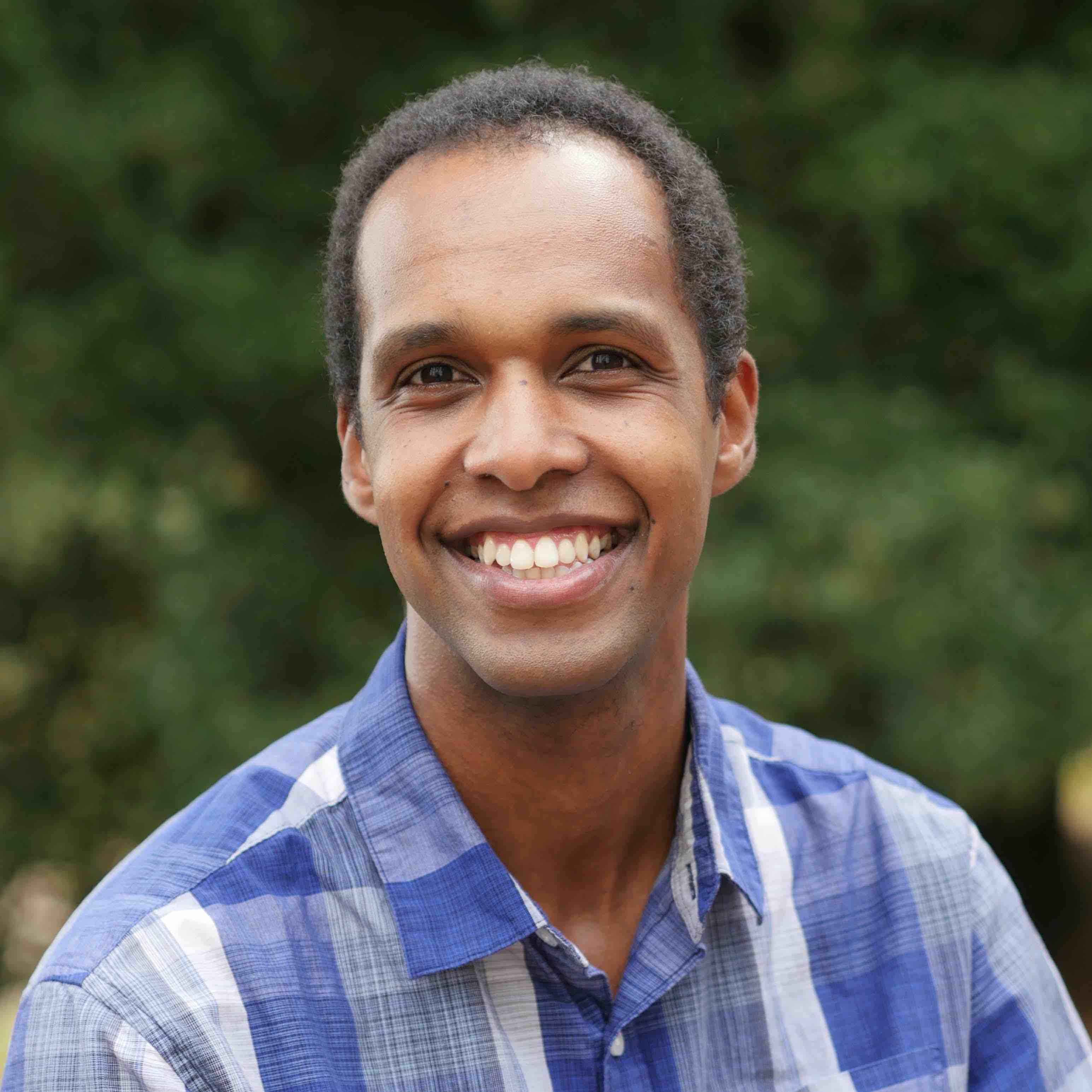
Jonathan Wosen
Author
Ph.D. (Immunology) Stanford
Internships: Santa Cruz Sentinel and Knowable magazine
It was time. Mom and I had spent the afternoon squeezing juice out of the grapefruits, lemons and oranges assembled on the kitchen table. And now for the experiment. I slowly poured some lemon juice into a cup of milk and watched the magic unfold. Ah, interesting, I thought, before dutifully scribbling the findings in my notebook: “The liquids combined to form a cheesy-like substance.”
I never published the results of that sixth-grade science project. It was science in its purest form: playful, irreverent and fueled by childlike curiosity. As a budding science writer, I hope to capture those qualities in my writing. There’s a world of wonder around and within each of us; I’m in search of the right words to bring that world to life.
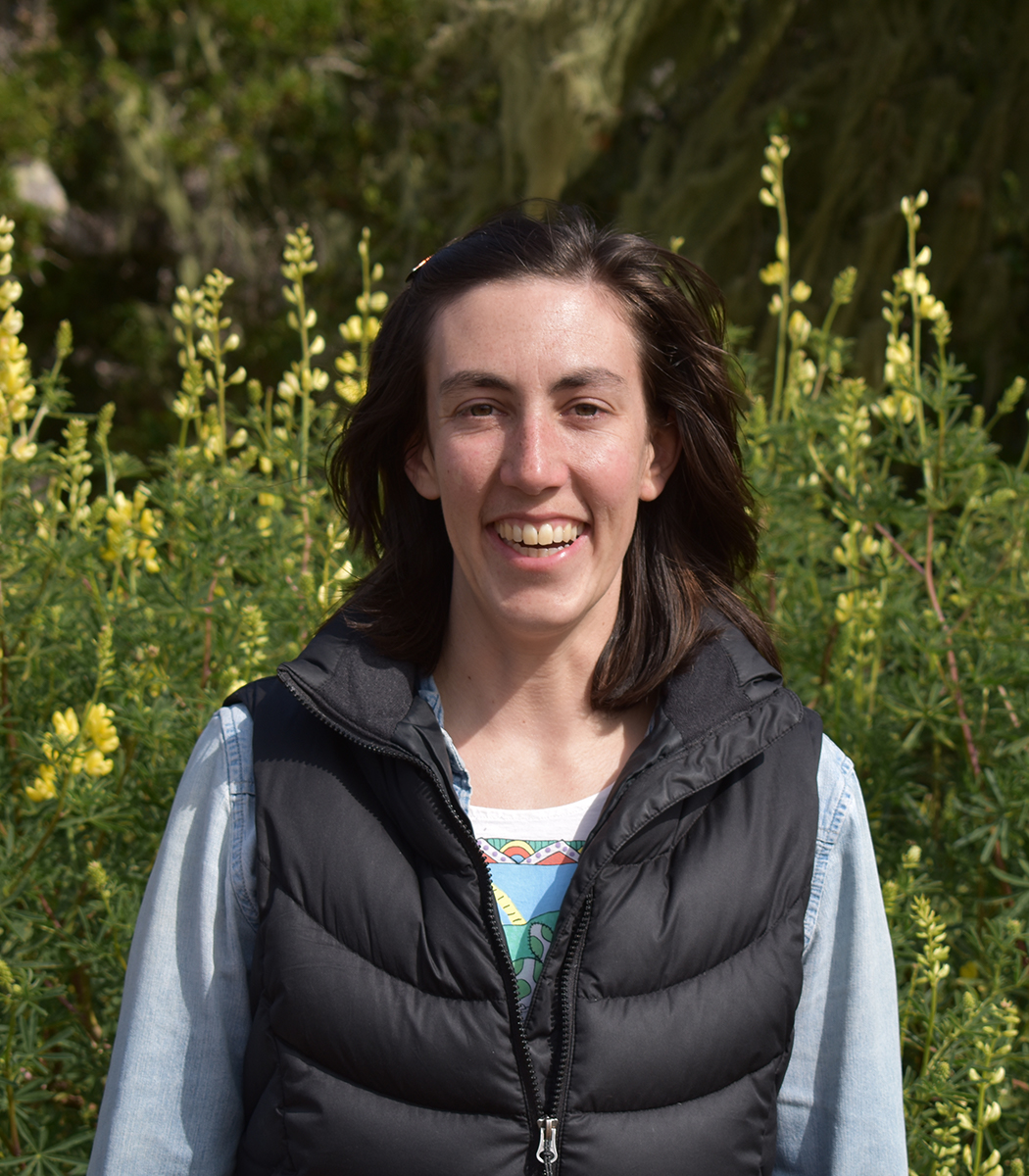
Katie Parker
Illustrator
B.A. (Biology) Whitman College
Internship: U.S. Fish and Wildlife Service, Yreka Field Office
Katie Parker is a science illustrator and river guide who enjoys combining adventure with discovery. Growing up as the daughter of two biologists, Katie spent her childhood poking around the woods and creeks of her extensive “backyard.” Her fascination with the natural world led her to pursue an undergraduate degree in biology, where she discovered an affinity for field sketching. Eager to continue melding art with science, Katie then went on to complete coursework through the Science Illustration Program at California State University, Monterey Bay.
Through her illustration and through years of work as a river guide, Katie seeks to communicate information both within the scientific community and to broader audiences. For Katie, one of the most enjoyable parts of guiding is helping her guests deepen their connection to the canyons they float through by sharing knowledge of the river’s natural history. As an illustrator, Katie is interested in projects that connect people with nature, contribute to conservation efforts, and explore the diversity of the natural world.
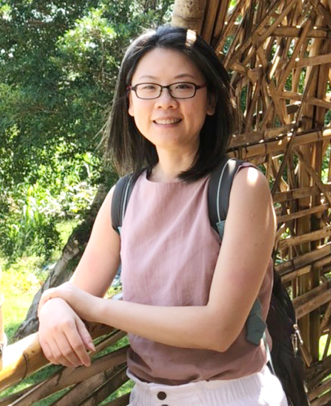
Ying Wang
Illustrator
Ph.D. (Plant Molecular Biology) National Defense Medical Center, Taiwan
Internship: ywangstudio
Ying is a scientific illustrator based in Taipei. Her focus is on botanic illustration, and working in a variety of medium including watercolor, pen and ink, colored pencil and digital. Prior to the CSUMB Science Illustration program, she gained a plant molecular science Ph.D. degree from National Defense Medical Center, Taiwan. From her academic background, she is also interested in designing infographic panel and conveying abstract concepts for scientific journal publication. She believes that great visual art is the powerful tool to deliver the truth of science and the beauty of nature.
Kingkong39 is usually a toto slot site agent which
happens to be among the finest and Formal online slot
and lottery site promoters for easy maxwin 2024 which gives numerous licensed and trustworthy game
titles that warranty members’ winnings is going to be compensated in complete
with none hassle.
Good replies in return of this query with real arguments and describing the whole thing concerning that.